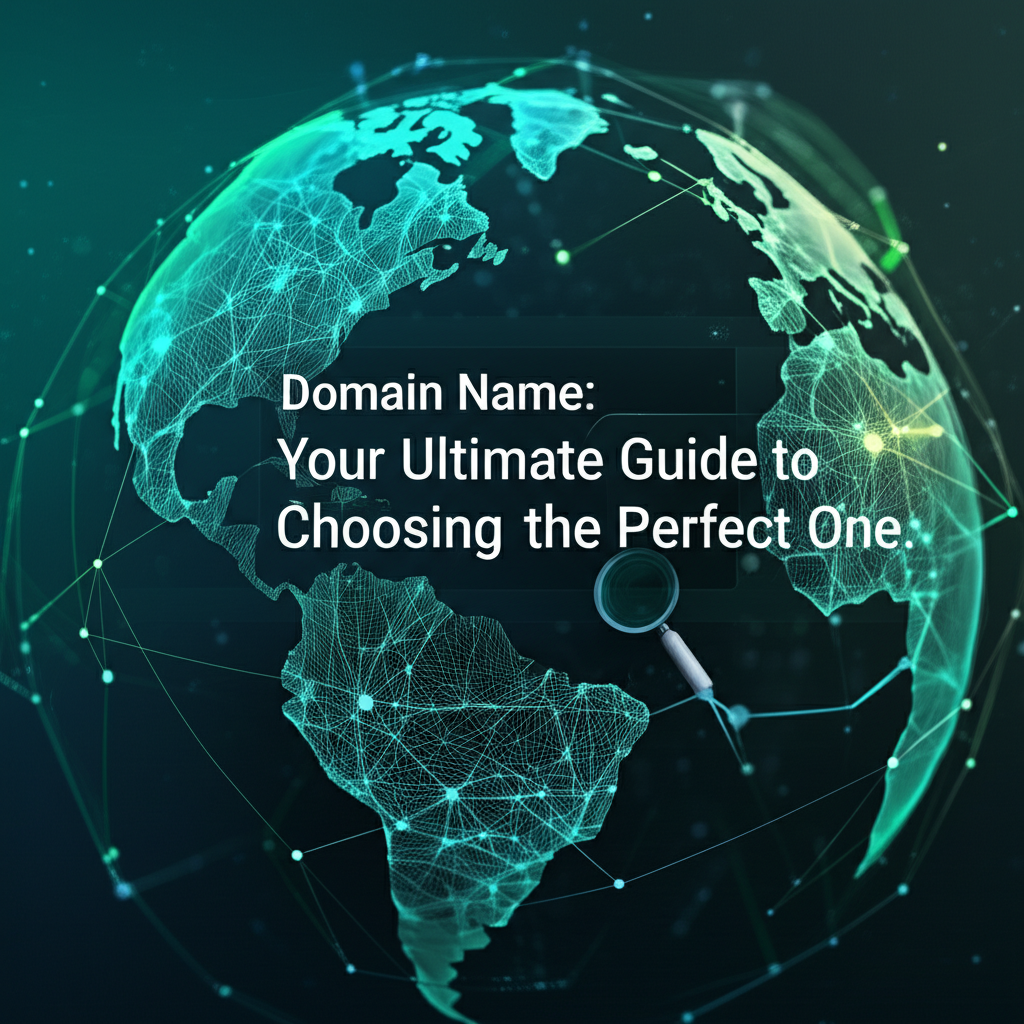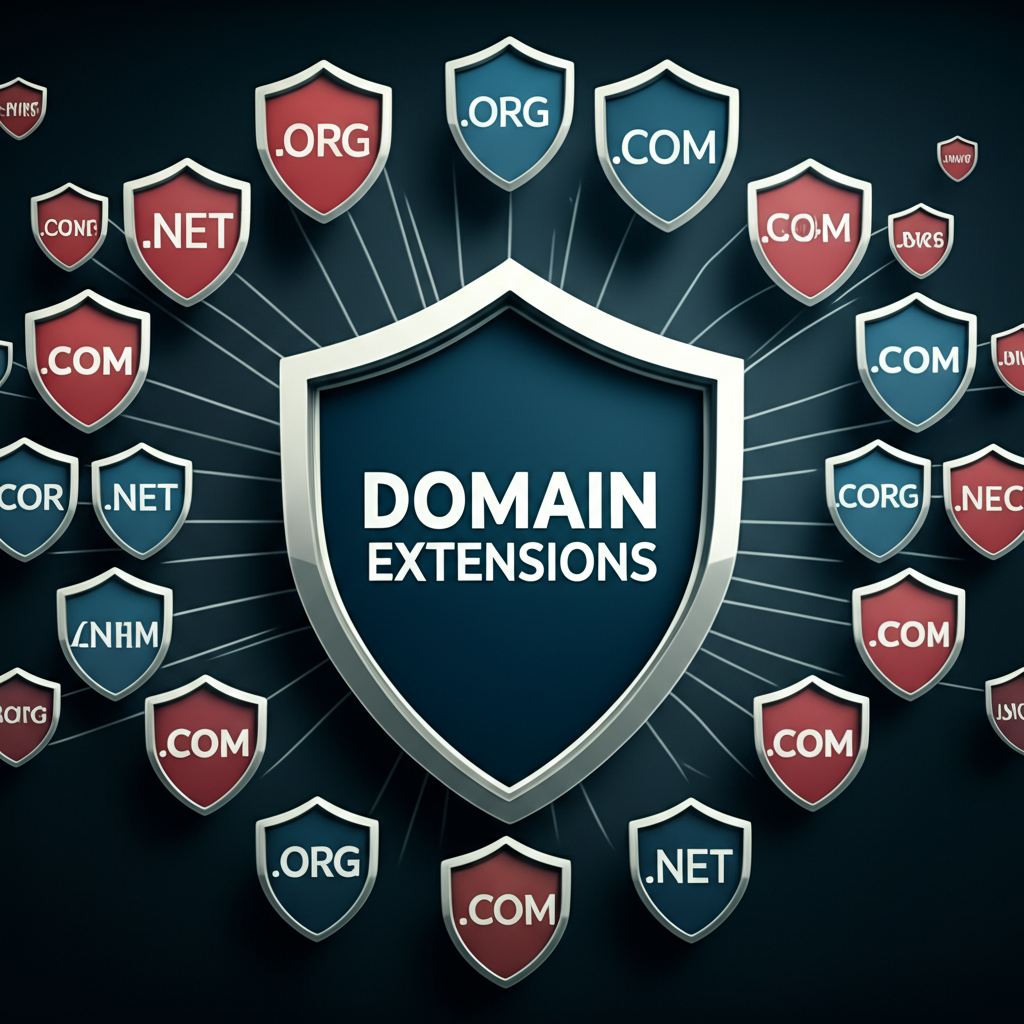- Understanding the Importance of Domain Extensions
- Why Domain Extension Variety Matters
- Domain Extensions: Building a Comprehensive Strategy
- Beyond the Basics: Emerging Trends in Domain Extensions
- Domain Extensions: An Investment, Not an Expense
Domain Extensions: Must-Have Protection for Your Brand
Domain extensions are crucial for protecting your brand online. In today’s digital landscape, your online presence is often the first impression a potential customer has of your business. A strong online presence begins with a well-chosen domain name, and understanding the nuances of domain extensions is paramount to securing your brand identity and reaching your target audience effectively. Failing to secure relevant domain extensions can leave your brand vulnerable to cybersquatting, brand confusion, and lost revenue. This article will explore why protecting your brand with a variety of domain extensions is no longer optional, but a necessary investment.
Understanding the Importance of Domain Extensions
A domain extension, also known as a top-level domain (TLD), is the suffix that appears at the end of a web address (e.g., .com, .org, .net). While .com remains the most popular and recognizable TLD, hundreds of other options are available, ranging from generic top-level domains (gTLDs) like .online and .shop to country-code top-level domains (ccTLDs) like .uk and .ca.
Why Domain Extension Variety Matters
Securing multiple domain extensions provides several key benefits:
Brand Protection: Registering variations of your brand name across various domain extensions prevents competitors or malicious actors from registering them and potentially misleading your customers. Imagine a scenario where a competitor registers yourbrand.net and uses it to spread misinformation or divert traffic away from your official website. This could severely damage your reputation and bottom line.
Enhanced Credibility & Trust: Owning multiple domain extensions can enhance your brand’s credibility and project a more professional image. It shows that you are invested in your online presence and are taking steps to protect your brand identity.
Targeted Marketing: Specific domain extensions can be used to target particular geographic regions or market segments. For instance, using a .ca domain extension can help you specifically target Canadian customers, while a .shop extension clearly signals an e-commerce platform.
Improved Search Engine Optimization (SEO): While the impact of domain extensions on SEO is debated, owning multiple extensions can offer slight SEO advantages. For example, using a ccTLD can improve your ranking in local search results. Additionally, owning related domains can help build a network of backlinks, which can positively influence your overall SEO.
Defensive Registration: Even if you don’t plan to actively use all the domain extensions you register, it’s a smart defensive strategy to prevent others from using them against you. This prevents typosquatting, where someone registers a slightly misspelled version of your domain name to capitalize on user errors.
Domain Extensions: Building a Comprehensive Strategy
Developing a comprehensive domain extension strategy requires careful planning and consideration. Here are some essential steps:
1. Brainstorm Relevant Extensions: Think beyond .com and consider other gTLDs and ccTLDs that align with your brand, target audience, and business goals. For example, if you operate in the tech industry, consider extensions like .tech or .io.
2. Check Availability: Use a reputable domain registrar to check the availability of your desired domain extensions.
3. Prioritize Key Extensions: Focus on securing the most critical extensions first, such as .com, relevant ccTLDs, and any niche extensions related to your industry.
4. Budget Accordingly: Domain registration costs vary depending on the extension and registrar. Factor these costs into your overall marketing budget.
5. Manage Your Portfolio: Keep track of your registered domain extensions, their renewal dates, and any associated hosting or email services. Consolidating your domain management with a single registrar can simplify this process.
Beyond the Basics: Emerging Trends in Domain Extensions
The landscape of domain extensions is constantly evolving. New gTLDs are regularly being released, providing businesses with even more options for branding and targeting. Staying informed about these trends is crucial for maintaining a cutting-edge online presence.
New gTLDs: Keep an eye out for new gTLDs that might be relevant to your industry or target audience. These new extensions can offer unique branding opportunities and help you stand out from the competition.
GeoTLDs: GeoTLDs, such as .nyc or .london, offer a hyperlocal targeting option for businesses operating in specific cities.
BrandTLDs: Large corporations are increasingly registering their own brandTLDs (e.g., .google, .canon). While this option is typically reserved for larger entities, it represents a significant shift in the way brands manage their online presence.
Domain Extensions: An Investment, Not an Expense
Investing in a comprehensive domain extension strategy is no longer a luxury but a necessity for any business seeking to establish a strong online presence and protect its brand. By securing relevant domain extensions, you can safeguard your brand reputation, enhance customer trust, and expand your reach to new markets. Treat domain extensions as a valuable asset, and you’ll reap the rewards for years to come.















Leave a Reply